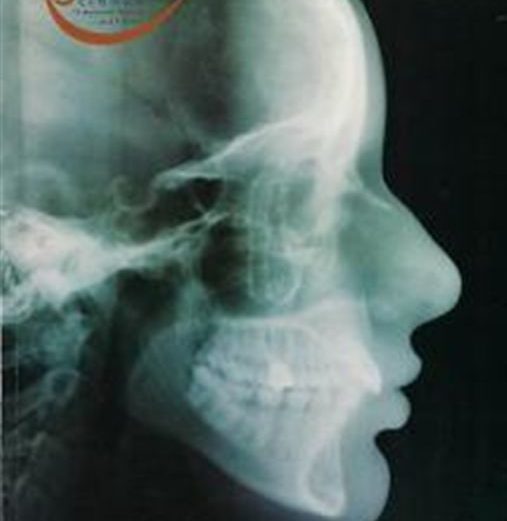Vol. 1 – Number 2 – 2008 Pages 162-165 Evaluation of shear bond strength of metallic brackets donded with resin cured using three different light emission diode devices Matheus Melo Pithon, Specialist in Orthodontics, Faculty of Dentistry, Federal University of Alfenas – UNIFAL; Master’s student in Orthodontics, Faculty of Dentistry, Federal University of Rio de Janeiro – UFRJ. Márlio Vinícius de Oliveira, Specialist in Orthodontics, Faculty of Dentistry, Federal University of Alfenas – UNIFAL. Antônio Carlos de Oliveira Ruellas, Master and Doctor in Orthodontics, Faculty of Dentistry, Federal University of Rio de Janeiro – UFRJ; Adjunct Professor of Orthodontics, Faculty of Dentistry, Federal University of Rio de Janeiro – UFRJ; Professor of the specialization course in Orthodontics, Faculty of Dentistry, Federal University of Alfenas – UNIFAL. Eduardo Franzotti Sant’anna, Master and Doctor in Orthodontics, Faculty of Dentistry, Federal University of Rio de Janeiro – UFRJ; Adjunct Professor of Orthodontics, Faculty of Dentistry, Federal University of Rio de Janeiro – UFRJ. Luiz Antônio Alves Bernardes, Master in Orthodontics, Faculty of Dentistry, Federal University of Rio de Janeiro – UFRJ; Professor of the specialization course in Orthodontics, Faculty of Dentistry, Federal University of Alfenas – UNIFAL; Graduated by the Brazilian Board of Orthodontics and Facial Orthopedics. Fábio Lourenço Romano, Master and Doctoral Student in Orthodontics, Piracicaba School of Dentistry – State University of Campinas – UNICAMP; Professor of the specialization course in Orthodontics, Faculty of Dentistry, Federal University of Alfenas – UNIFAL. The purpose of this study was to compare the bond strength and the ARI (Adhesive Remanescent Index) of orthodontic metallic bracket photo activated with four different appliance the light-emitting diode (LED). Sixty bovine permanent lower incisors were included in plastic tubes, in a center position, with , leaving the vestibular face of the tooth perpendicular to the bottom plane of the tube. The vestibular face all teeth was cleaned with a no fluoridated pumice and water for 10 seconds. Application of XT Primer for bracket bonding was performed after etching the enamel with 37% phosphoric acid for 30 seconds, which was then washed and dried for 20 seconds. All the samples were divided into four groups according to the following LED devices used: Ortholux (3M Unitek, Monrovia, USA), Ultraled (Dabiatlante, Ribeirão Preto, São Paulo), Streamlight (Stylus, USA), and Optilight (Gnatus, Ribeirão Preto, São Paulo). Each photopolymerisation lasted 40 seconds. After bonding, the brackets were immersed into distilled water at a temperature of 37o C for 24 hours. Next, the samples were submitted to shear bond strength tests with a universal testing machine (Instron) at a cross-head speed of 0.5 mm/min. The mean bond strength values were 8.12 MPa in Group 1, 1.88 MPa in Group 2, 1.03 MPa in Group 3, and 3.80 MPa in Group 4. Statistically significant differences were found between the groups regarding such values. With respect to ARI, a higher number of fractures occurred at the bracket/composite interface in Groups 1, 2, and 4 according to the amount of material adhered to enamel surface following bracket debonding. Key-words: orthodontic brackets; shear strength; dental bonding; light.
This content is restricted to site members. If you are an existing user, please log in. New users may register below.




